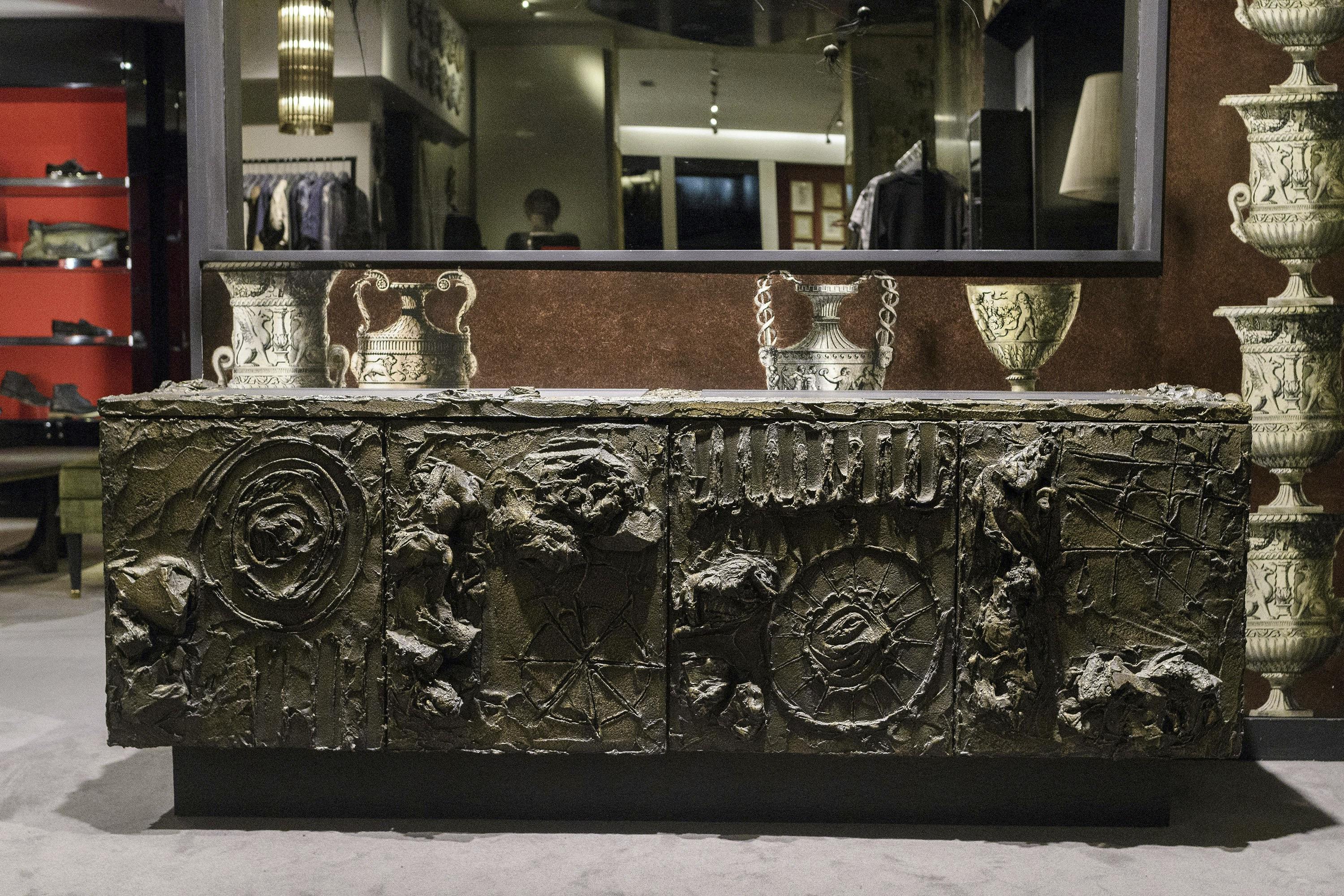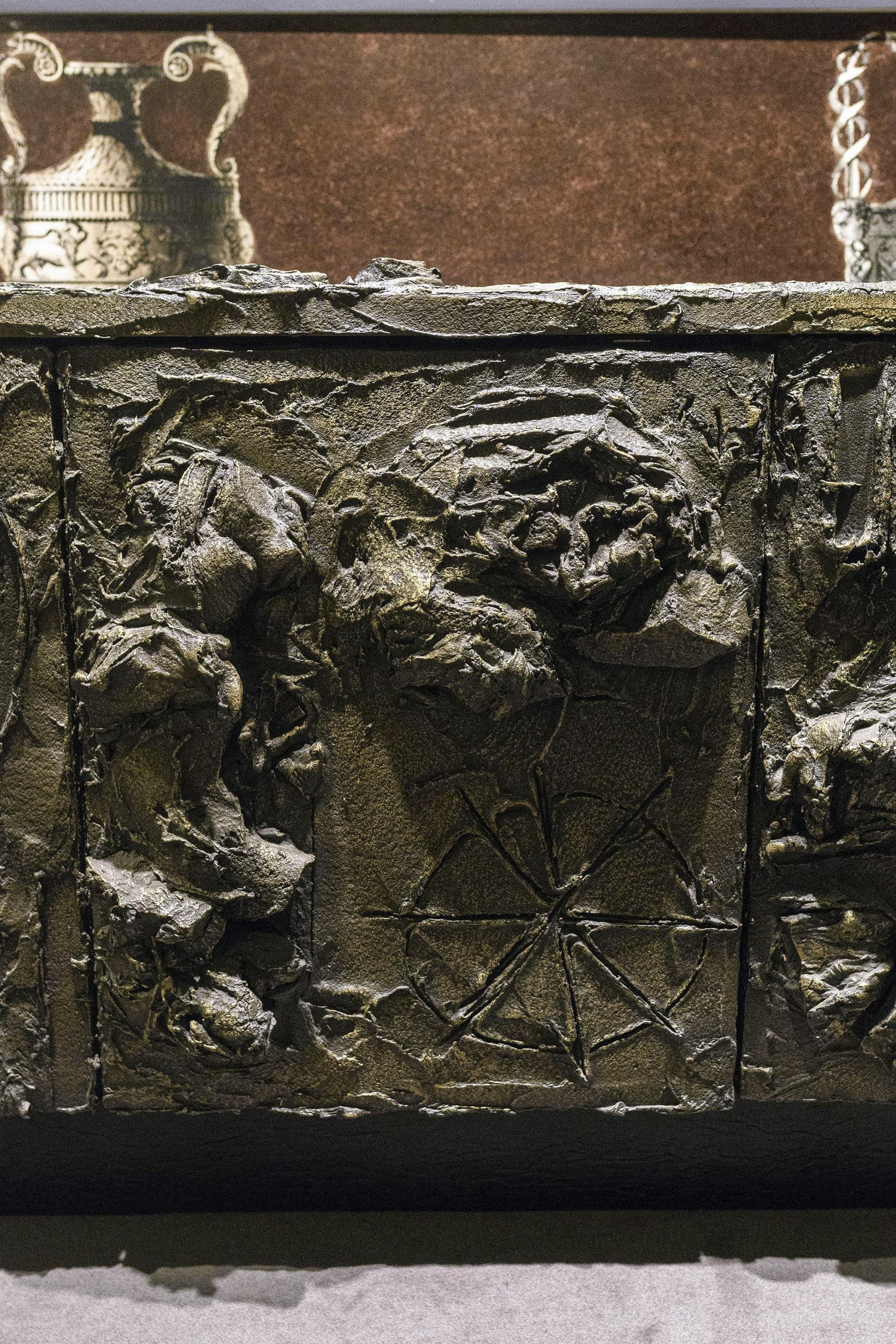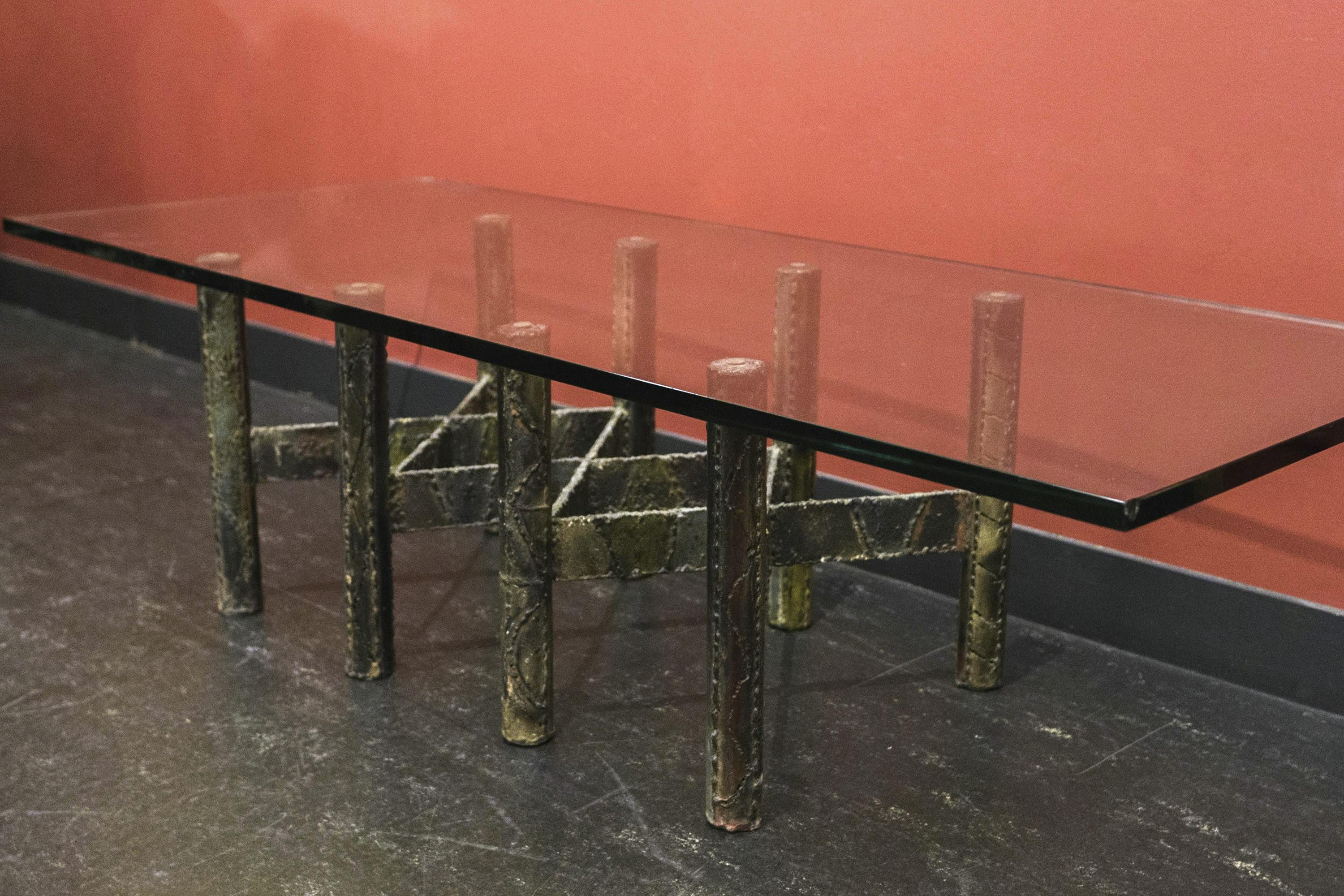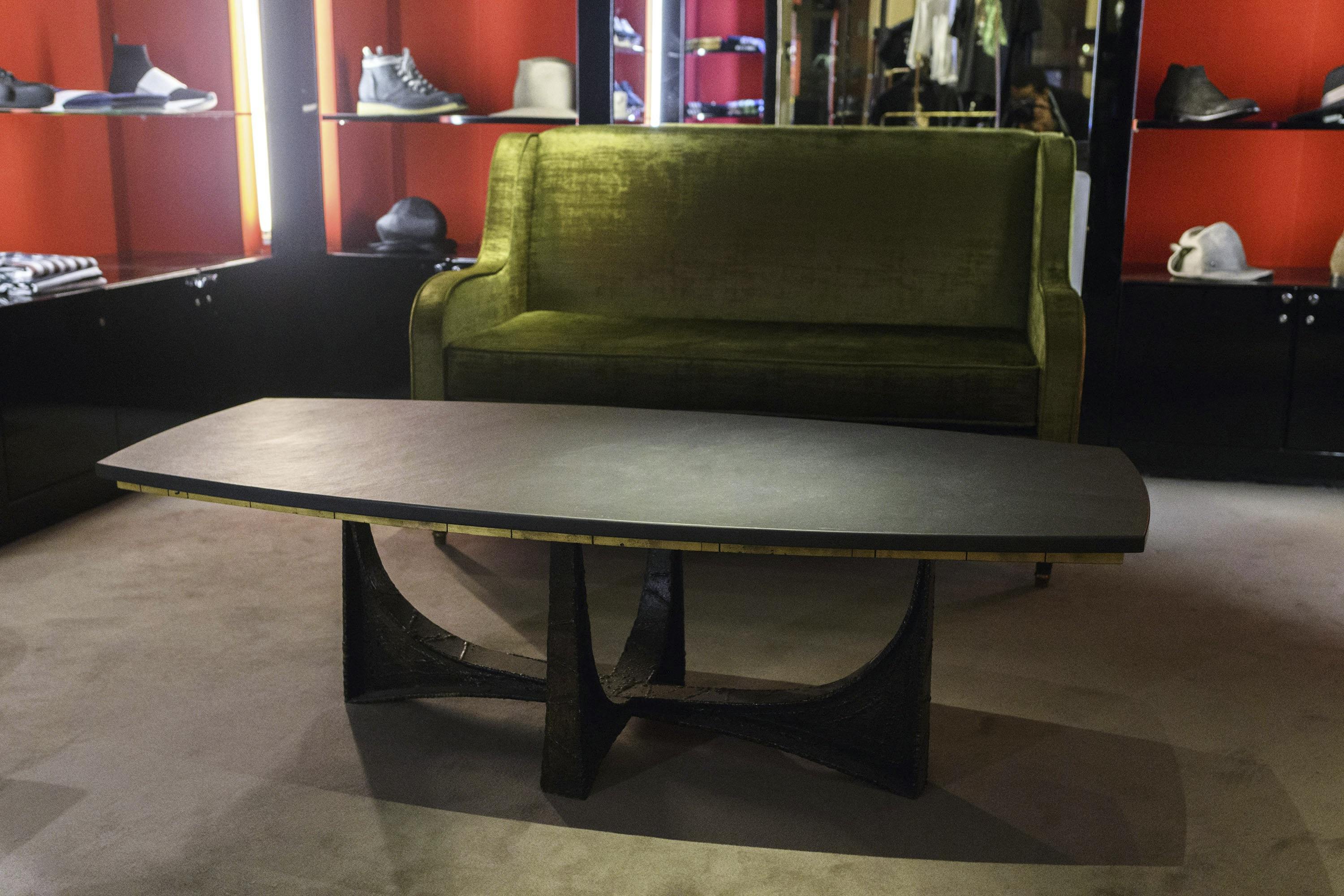PAUL EVANS - Design with character
Synonymous with modernity in the 60s, the works with a brutalist tendency byPaul Evansattracted the attention of many design enthusiasts around the world. Among them is Lenny Kravitz, probably one...
Synonymous with modernity in the 60s, the works with a brutalist tendency byPaul Evansattracted the attention of many design enthusiasts around the world. Among them is Lenny Kravitz, probably one...

Synonymous with modernity in the 60's, the works with brutalist tendency of Paul Evans attracted the attention of many design enthusiasts around the world. Among them is Lenny Kravitz, probably one of the most famous, collector of pieces signed Paul Evans for many years. Perhaps the rocker himself best describes the fascinating work of the American designer: "amazingly beautiful, amazingly ugly, amazingly kitsch, and amazingly sophisticated".

A true artist's and designer's work, halfway between sculpture and furniture, lamp bases, consoles, tables, ceiling lights, all made from metal. He uses this raw material throughout his career, going against the grain of creators who were then, at the beginning in the 50s, oriented towards organic materials. Paul EvansPaul Evans dares to combine gold, silver and copper, metals with different properties and therefore requiring furnaces heated to different degrees to reach their fusion temperature. His works intertwine metals, sometimes taking the form of monoliths that appear to be the result of telluric forces. Some of his creations adopt a primitive style, seducing by their cavernous reliefs, whose aspect evokes stalagmites, craters and rocks in fusion, drawing us into an atmosphere of end of the world.

If the very first collection of Paul Evanssoberly entitled "Brutal", sets the tone for a body of work stretching over thirty years, his career has nevertheless gone through different periods. He moved from sculpted bronze pieces to a "Argente" line in the 1970s, where aluminum plays a major role, welded to metal surfaces in organic forms. He added mirrors to solid structures, often cubic or rectangular in shape, imbued with a certain dreamlike lightness. At the end of his career, the sensitivity of Paul Evans became more "hi-tech", integrating electronic elements into his creations. In 1987, he left behind timeless works that are now considered classics of American design.


At PAD 2016, Leclaireur presented a selection of pieces signed by the American designer. To be discovered at Leclaireur Boissy d'Anglas.
Il carrello è vuoto.
Inizia a fare acquisti